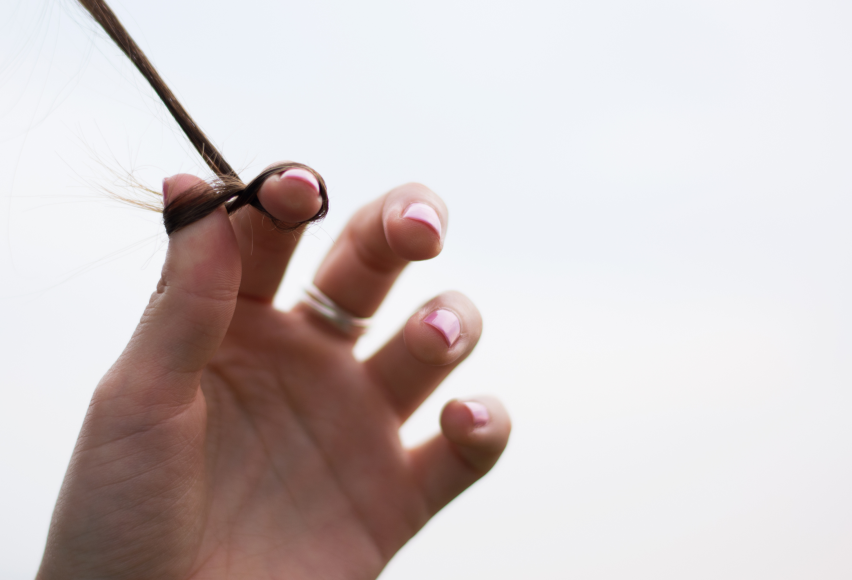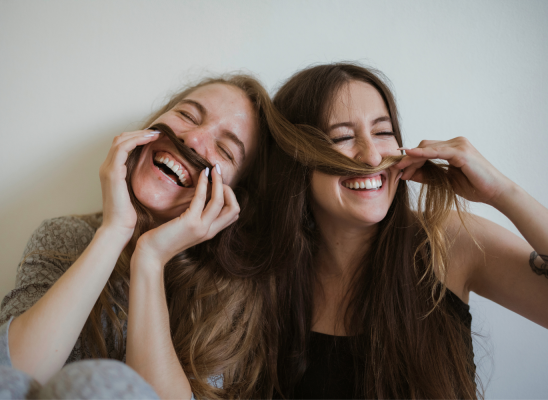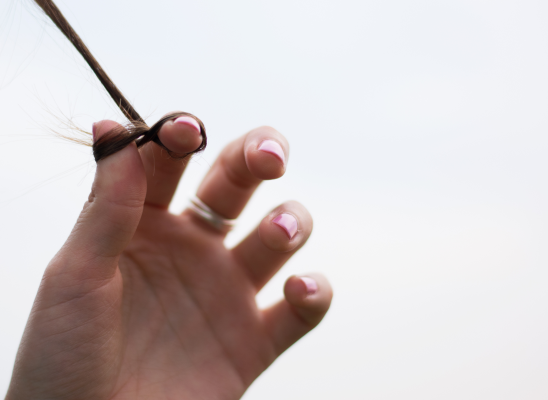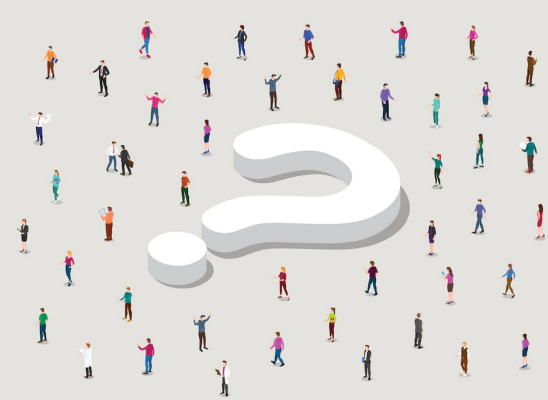Bad Habit or Trichotillomania: What’s the Difference?

Online test
Find out the severity of your symptoms with this free online test
You’ve probably heard it said that hair pulling is more than a bad habit. And that is true. Trichotillomania, commonly referred to as “trich” or hair pulling, is a diagnosable mental health disorder characterized by repetitive hair pulling that results in visible hair loss, significant emotional distress, and difficulty functioning in daily life.
What complicates the picture a bit is that trichotillomania is thought to develop as a result of habitual behavior, in this case repeatedly pulling one’s hair over time. For example, if you begin pulling your hair to relieve anxiety from stressful situations, it may become a way of coping. Over time, hair pulling can cause you even more distress, so you pull to relieve the distress from pulling, setting up a cycle of pulling.
To make things even more complicated, even though trich is more than a “bad habit”, one of the most widely used approaches to treatment is Habit Reversal Training (HRT). While more than a habit, hair pulling has qualities that respond well to HRT.
So, if you’re pulling your hair, how do you know if it’s a habit you’ve developed or something more? Here are a few differences between a bad habit and trich.
A Closer Look At Trichotillomania
Trichotillomania is a disorder that is steeped in myth and misunderstanding. Unlike habits, trichotillomania is a recognized mental health disorder classified under Obsessive-Compulsive and Related Disorders in the DSM-5.
- The key criterion for trich is a compulsive urge to pull out one's own hair, typically from the scalp, eyebrows, or eyelashes, resulting in noticeable hair loss, and the inability to stop.
- People with trichotillomania often experience significant emotional distress or impairment in functioning in daily life.
- The pulling behavior is driven by an irresistible tension or anxiety that is temporarily relieved by the act of pulling.
- The pulling is not just a casual action. It is repetitive and difficult to control.
- The pulling often results in feeling of shame or guilt.
- Research suggests it may be linked to genetic factors, brain chemistry (like serotonin or dopamine imbalances), or emotional regulation issues.
A Bad Habit Defined
Unlike trichotillomania, a bad habit is a broader, less clinical concept.
- A bad habit is not a recognized mental health disorder.
- While it is repetitive behavior that you might find undesirable or bothersome, a bad habit does not tend to create the severe distress that one experiences with trich.
- A bad habit does significantly impair one’s ability to function in daily life.
- Bad habits are generally a learned behavior, formed through routine or reinforcement (e.g., procrastination feels good in the moment).
- While habits can be hard to break, they typically lack the intense psychological compulsion experienced with trichotillomania.
- Habits are more about learned patterns of behavior rather than an intrinsic, overwhelming urge tied to mental health.
The key distinctions between a bad habit and trich are essentially:
Control and Intent: Trich feels uncontrollable and sometimes automatic. You might even pull without even realizing you’re doing it. A bad habit might be annoying and uncomfortable but is manageable when you put your mind to it and take action.
Impact: Trichotillomania has significant physical and emotional consequences (e.g., noticeable hair, difficulty functioning, emotional distress). The effects from a bad habit are usually far less severe and more bothersome than harmful.
Cause: While the cause of trich is not entirely clear, it is thought to have deep psychological and biological roots. Bad habits tend to be situational and the result of learned behavior without a mental health disorder associated with it.
What’s Next?
One of the telltale signs that something may be more than just a habit is the level of distress it brings to you. If you find yourself in near constant distress as a result of your hair pulling, it might be a good time to reach out for help. Whether your hair pulling is a habit you’ve developed or something more is a question to discuss with a therapist who can guide you to the type of treatment that might be right for you.
The good news is that if you’re living with trich, there is effective treatment that can help you regain control and learn to manage your hair pulling. A therapist can help you get started on the path to healing.
References
1. Learn the truth about 7 common myths about trichotillomania | Learn more. (2021, April 14). The Recovery Village Drug and Alcohol Rehab. https://www.therecoveryvillage.com/mental-health/trichotillomania/trichotillomania-myths/
2. Substance Abuse and Mental Health Services Administration. (2016). Impact of the DSM-IV to DSM-5 Changes on the National Survey on Drug Use and Health [Internet]. Rockville (MD): Substance Abuse and Mental Health Services Administration (US); Table 3.27, DSM-IV to DSM-5 Trichotillomania (Hair-Pulling Disorder) Comparison. Available from: https://www.ncbi.nlm.nih.gov/books/NBK519704/table/ch3.t27/
3. Pereyra AD, Saadabadi A. Trichotillomania. [Updated 2023 Jun 26]. In: StatPearls [Internet]. Treasure Island (FL): StatPearls Publishing. https://www.ncbi.nlm.nih.gov/books/NBK493186/#article-30593.s3
Online test
Find out the severity of your symptoms with this free online test
Start your journey with TrichStop
Take control of your life and find freedom from hair pulling through professional therapy and evidence-based behavioral techniques.
Start Now



